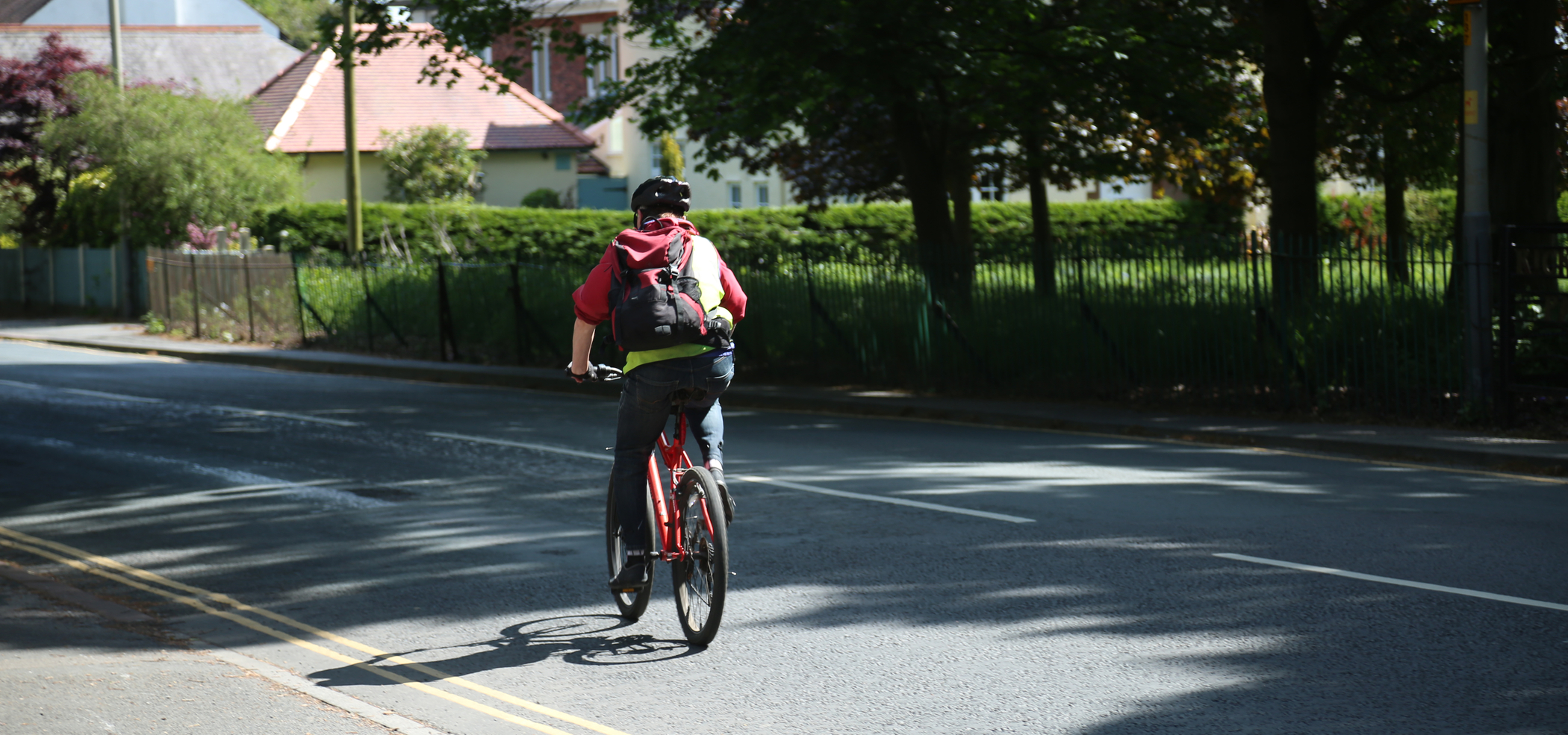
Congratulations, you’ve done your research, been to the open days, and discussed your options with family and friends. Now it’s time to start your application! But where do you begin? Applying for university is very exciting, but it can also feel like a whirlwind. If you're finding the process a little overwhelming, don’t panic! We’ve put together some information and handy tips to help you along the way.
What is UCAS?
Before we dive into the details of the application process, let's start with the basics. UCAS, which stands for Universities and Colleges Admissions Service, is the centralised hub for all full-time undergraduate applications. Your UCAS application is your chance to make a great first impression to your desired university, so it’s important to spend some time making it stand out.
How to Create Your Application
Register with UCAS
To get started, visit the UCAS Hub and follow the instructions to sign up and create an account. The website is very user-friendly and is also packed with lots of information and helpful advice to assist you with your application. Once you’ve registered, you can start exploring your UCAS Hub space and begin your application!
Tip - You don't have to complete the whole application or even each section all in one go. Use the 'Save this section' function and come back to it at a later date.
Link to Your School, College or Centre (Only if applicable)
There are two ways you can apply via UCAS: through your school/college, or as an individual.
If you're applying through your school/college and they are a registered UCAS Centre, they'll be able to give you a buzzword that you can add to your application. By entering the buzzword, you're giving permission for your school/college to log in and add their reference directly.
If you're applying as an individual, you'll need to add the email address for your referee so that UCAS can contact them. Ask your referee first and make sure they are willing to write a reference for you.
Complete Your Profile
Here is where you provide information about yourself, including your name, contact details, nationality and how you intend to fund your studies.
Tip - Make sure that all information is kept up to date and accurately matches the details provided on official documents, such as your passport.
Provide Details of Your Education
In this section, you will provide information about your educational background. This section will include details of your secondary school qualifications and onwards. It's important to include details about your current areas of study and the predicted grades you are expecting to achieve. The information provided in this section will be used by institutions to assess your suitability for your chosen course.
Include Your Employment History
This is a nice and simple section to complete. If you've had any paid jobs, either full or part-time, this is the place to enter them. Don’t worry if you do not have any paid employment history, just leave this section blank. Any relevant voluntary or non-paid employment is worth highlighting in your personal statement.
Tip - You can add up to five examples of paid work experience.
Add Any Extra Activities
If you’ve attended an activity to prepare you for higher education, you should provide details in this section. For example: taster courses, campus days, summer schools, etc. If you haven’t attended any such activity, then you should leave this section blank.
Add Your Choices
Here you’ll choose the courses you’re interested in and where you would like to study. You can select up to five courses, and there is no specific order of preference.
Tip - The search function allows you to search for universities and courses. You have the flexibility to edit and remove your selections as many times as you want before you submit your application. The universities you apply to will not be aware of your other choices. Explore the range of courses we have to offer.
Write Your Personal Statement
The personal statement plays a crucial role in your application, as this is your opportunity to get noticed and make a great first impression. Craft a compelling statement that showcases your enthusiasm for your chosen field, highlighting your unique experiences, skills, and knowledge. Make sure to emphasise how the course you’re applying for aligns with your career goals and explain why you are a suitable candidate. Check out our blog to assist you with your personal statement. Prepare your statement in advance using a word-processor and keep in mind that you have 4000 characters to work with.
Tip – Don't hesitate to ask teachers, friends, or family to review your personal statement. Fresh eyes can provide valuable insights and suggestions for improvement.
Submit Your Application
You are now ready to submit your application! But before you do, take some time to review it carefully and make any final edits. The UCAS Equal Consideration Deadline for most undergraduate courses is 29 January 2025.
Tip – Your application is long, so it’s possible to have made errors along the way. Before submitting, proofread every section carefully. Check for spelling, grammar, and factual accuracy.
Pay the Application Fee
The UCAS application fee for 2025 entry is £28.50 for up to five choices.
What’s Next?
Your application will be assessed and either a decision will be made or you’ll be invited to an interview, depending on your course. Any decision or updates will be communicated to you by UCAS. Good luck!
Want to find out more?
You are ready to take that next step. Ready to make that life-changing decision and work towards your career goals. By downloading our prospectus you will have the world at your fingertips.
You can browse our 100+ unique course options and have access to finance and support information to get you started. Discover all of the courses available to you from Arts to Zoology – we’re excited to see what you choose.


.jpg)

